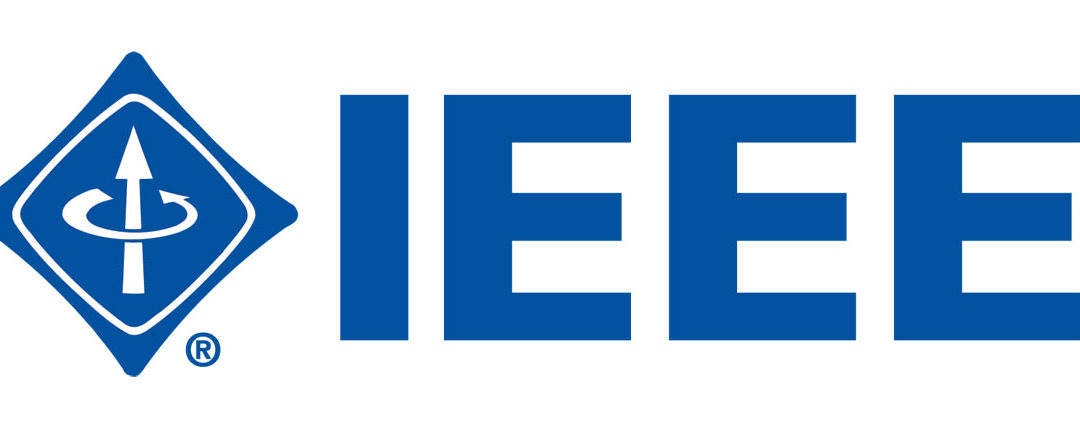
by Armando Chacon | Dec 21, 2020 | Control Engineering
The input/output (I/O) section of a PLC is the section to which all field devices are connected and provides the interface between them and the CPU. Input/output arrangements are built into a fixed PLC while modular types use external I/O modules that plug into the...

by Armando Chacon | Dec 14, 2020 | Control Engineering
The criteria used in categorizing PLCs include functionality, number of inputs and outputs, cost, physical size, and in some cases the brand requirements from the client. You can look as example the omron table for selecting a PLC. Of these, the I/O count is the most...

by Armando Chacon | Dec 12, 2020 | Control Engineering
Consider the simple process control problem illustrated. Here a mixer motor is to be used to automatically stir the liquid in a vat when the temperature and pressure reach preset values. In addition, direct manual operation of the motor is provided by means of a...

by Armando Chacon | Dec 7, 2020 | Control Engineering
A typical PLC can be divided into parts, these are the central processing unit (CPU), the input/output (I/O) section, the power supply, and the programming device. Input/output (I/O) section The I/O system forms the interface by which field devices are connected to...

by Armando Chacon | Dec 7, 2020 | Control Engineering
The programmable controller has eliminated much of the hardwiring associated with conventional relay control circuits. Other benefits include easy programming and installation, high control speed, network compatibility, troubleshooting and testing convenience, and...

by Armando Chacon | Sep 3, 2020 | Electrical Codes and Standards
The Institute of Electrical and Electronics Engineers (IEEE) is a technical professional association whose primary goal is to foster and establish technical developments and advancements in electrical and electronic standards. IEEE is a leading authority in technical...

by Armando Chacon | Sep 3, 2020 | Electrical Codes and Standards
The International Electrotechnical Commission (IEC) is a Europe-based organization made up of national committees from over 60 countries. There are basically two major mechanical and electrical standards for motors: NEMA in North America and IEC in most of the rest of...

by Armando Chacon | Sep 3, 2020 | Electrical Codes and Standards
The National Electrical Manufacturers Association (NEMA) is a group that defines and recommends safety standards for electrical equipment. Standards established by NEMA assist users in proper selection of industrial control equipment. As an example, NEMA standards...

by Armando Chacon | Sep 3, 2020 | Electrical Codes and Standards
Article 100 of the NEC defines the terms “labeled” and “listed,” which are both related with product evaluation.Labeled or listed indicates the piece of electrical equipment or material has been tested and evaluated for the purpose for which it is intended to be used....

by Armando Chacon | Sep 3, 2020 | Electrical Codes and Standards, Safety in the Workplace
The National Fire Protection Association (NFPA) develops codes governing construction practices in the building and electrical trades. It is the world’s largest and most influential fire safety organization. NFPA has published almost 300 codes and standards, including...











